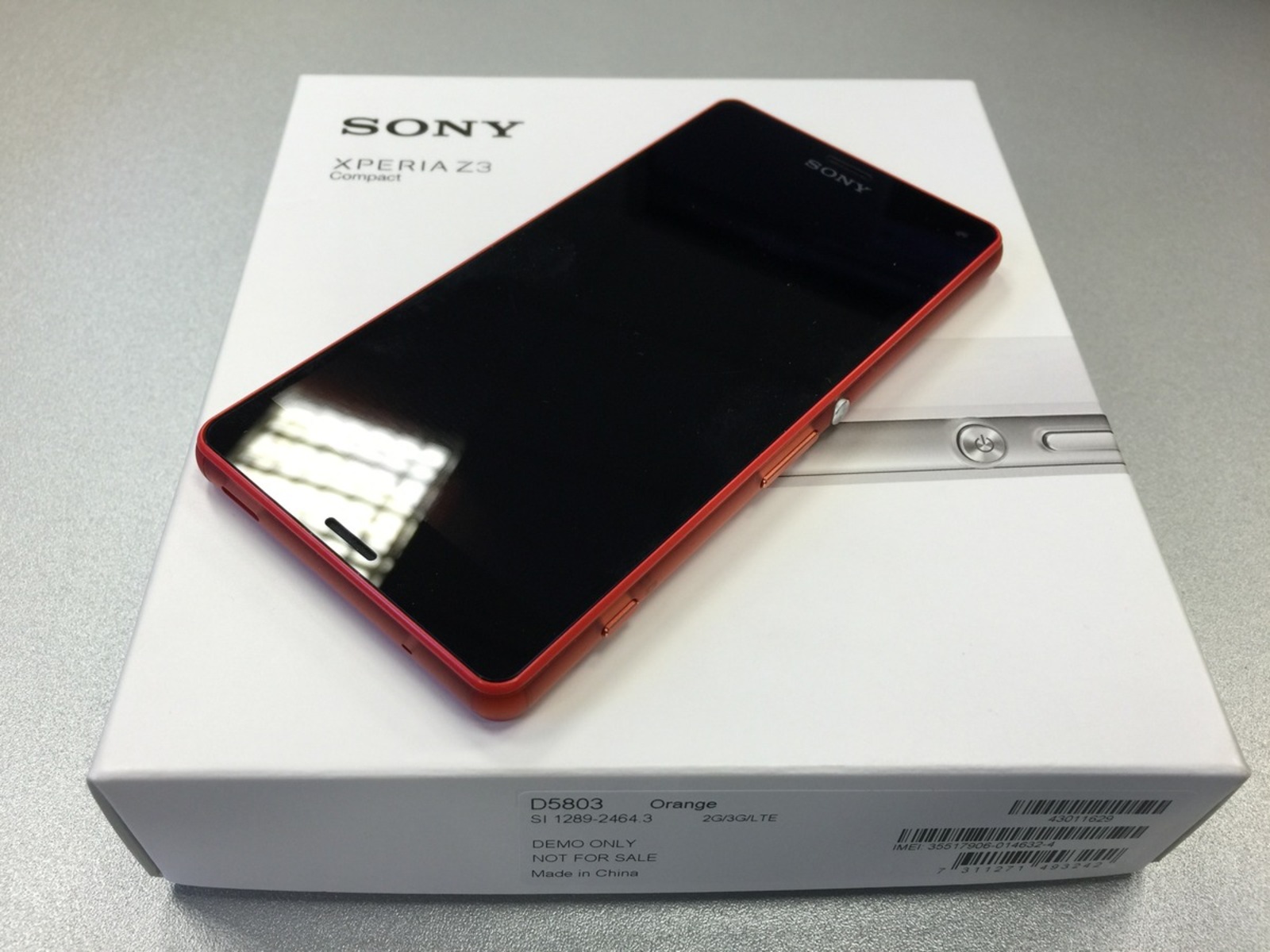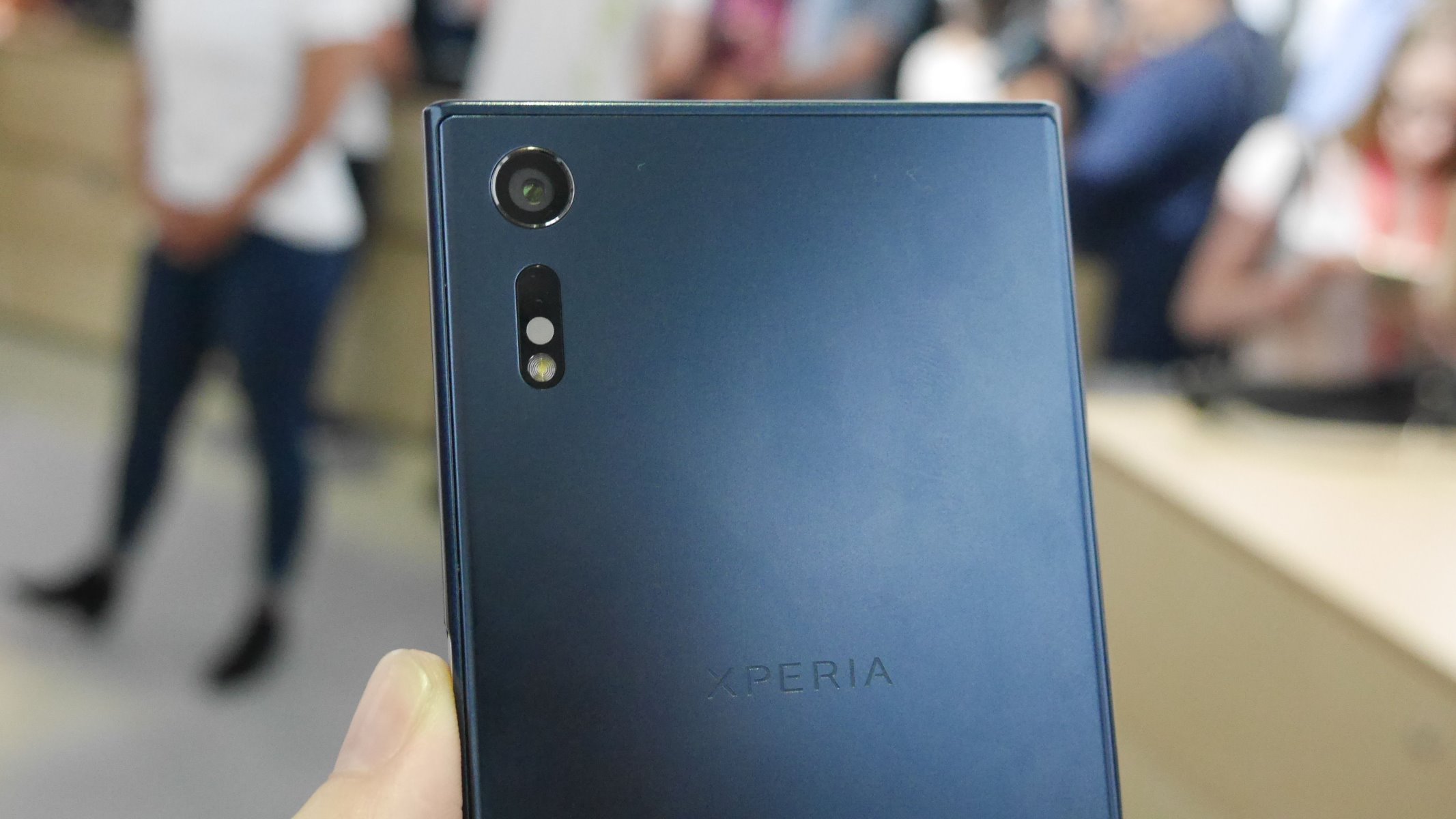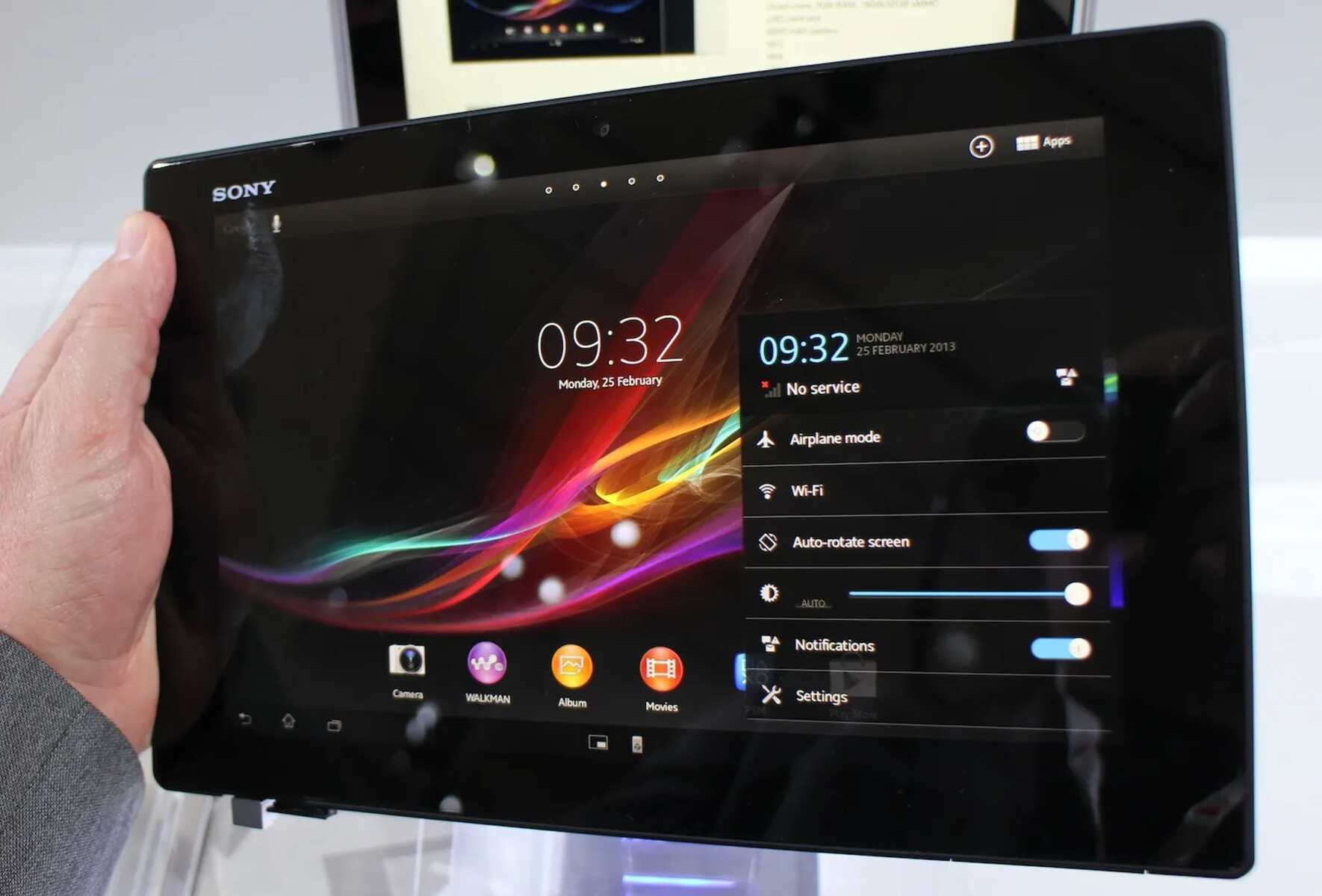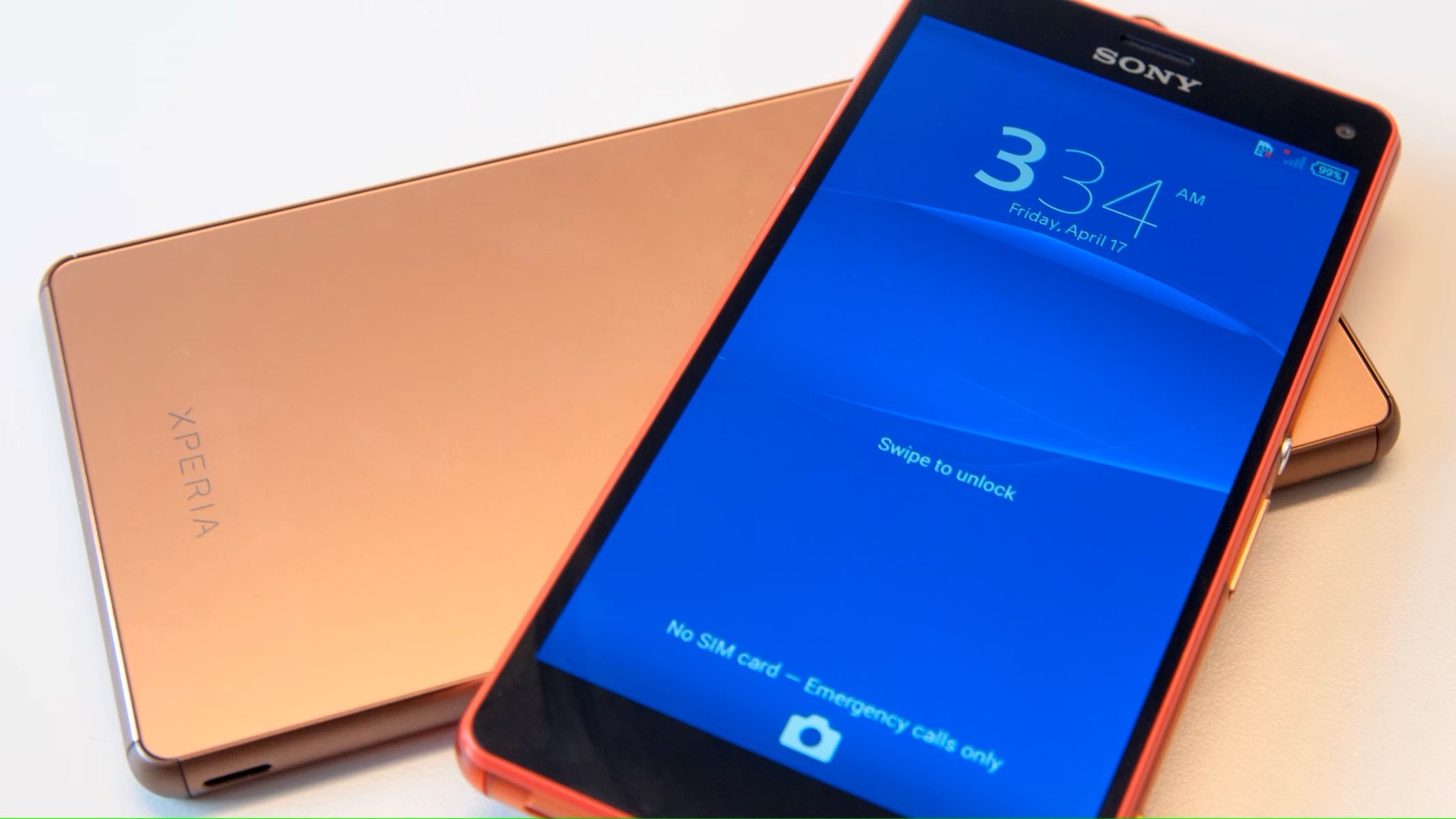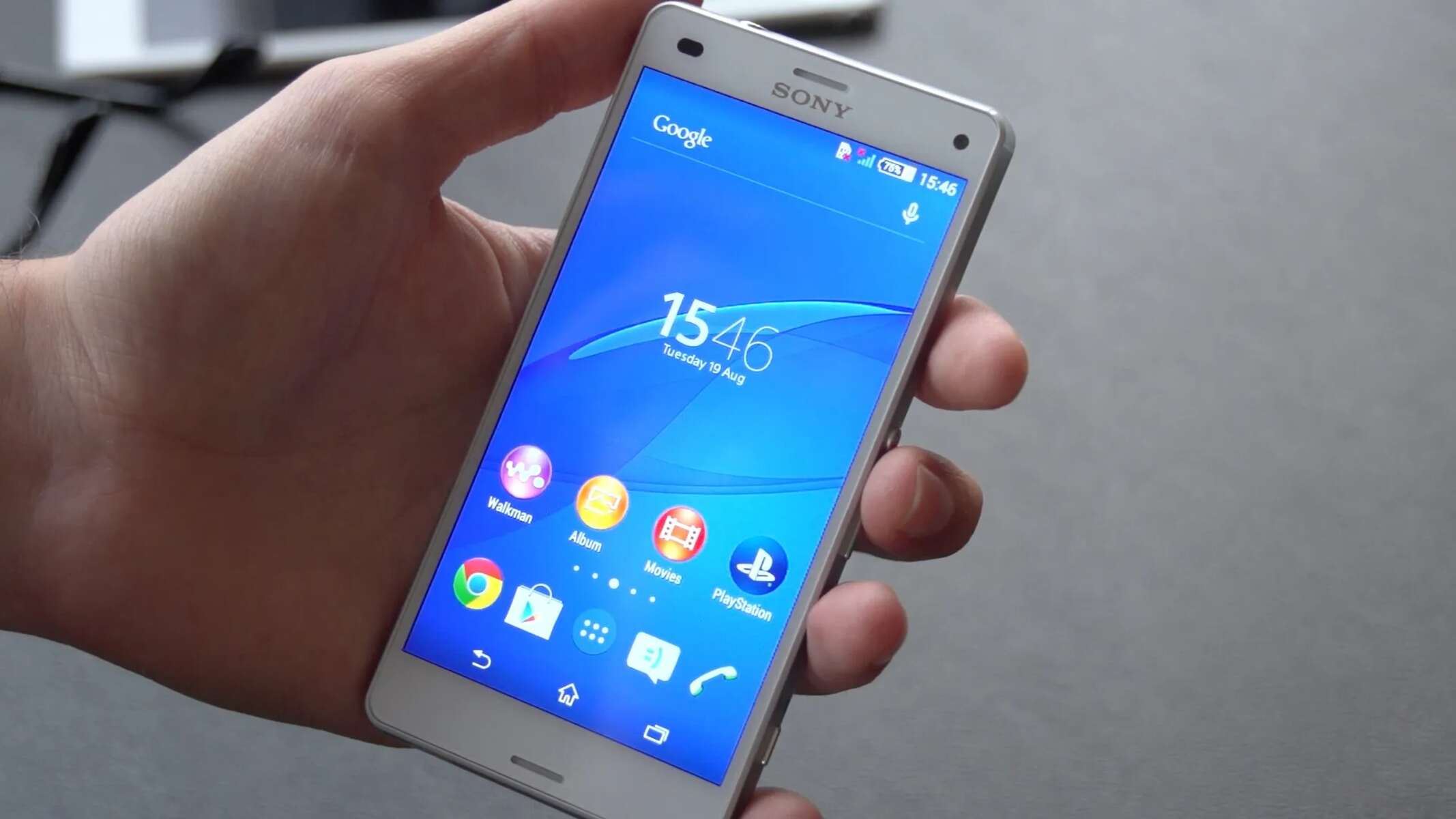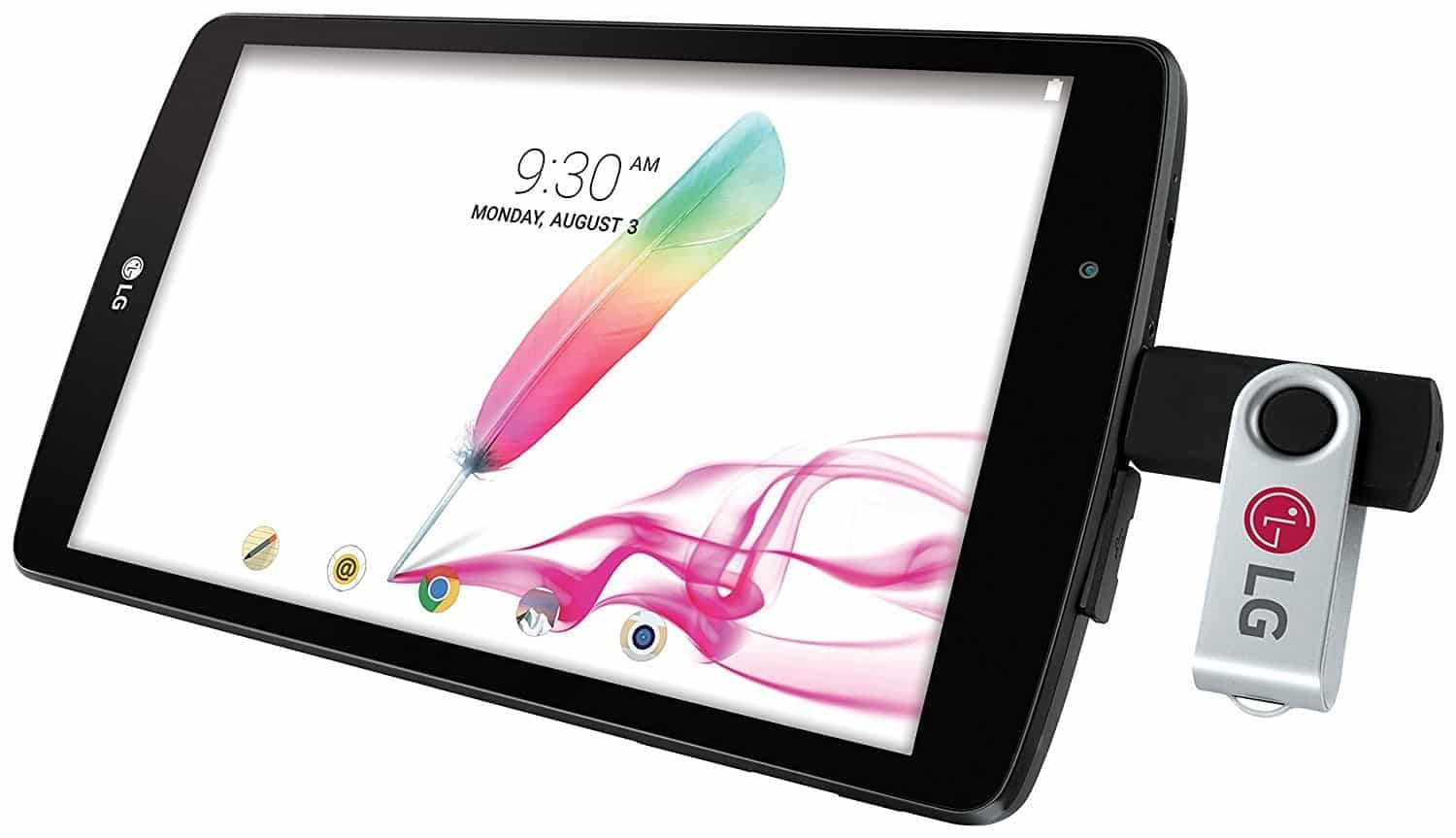Introduction
Flashing firmware on a mobile device can be a daunting task for many users, especially when dealing with complex procedures and technical jargon. However, with the right tools and guidance, the process can be simplified and made accessible to a wider audience. In this article, we will explore the use of Flashtool on the Sony Xperia Z, a popular device known for its sleek design and impressive performance.
Flashtool is a versatile software tool that allows users to flash custom firmware, kernels, and other modifications on Sony Xperia devices. It provides a user-friendly interface and a wide range of features, making it an essential tool for both enthusiasts and professionals in the mobile device community. By understanding the fundamentals of using Flashtool on the Sony Xperia Z, users can unlock the full potential of their device and explore a world of customization and optimization.
In the following sections, we will delve into the step-by-step process of using Flashtool on the Sony Xperia Z, from the initial setup to the flashing of firmware. By breaking down each stage into manageable tasks, we aim to demystify the flashing process and empower users to take control of their device's software. Whether you are a seasoned Xperia user or a newcomer to the world of mobile device customization, this guide will equip you with the knowledge and confidence to navigate the flashing process with ease.
As we embark on this journey, it's important to approach the flashing process with a sense of curiosity and a willingness to learn. While the technical aspects may seem intimidating at first, the rewards of customizing and optimizing your Sony Xperia Z are well worth the effort. So, without further ado, let's dive into the world of flashing with Flashtool and unleash the full potential of the Sony Xperia Z.
Getting Started with Flashtool
Before diving into the flashing process, it's crucial to ensure that you have the necessary tools and resources at your disposal. To begin, you'll need to download and install Flashtool on your computer. This versatile software is compatible with Windows, Mac, and Linux operating systems, offering flexibility for users across different platforms.
Once Flashtool is installed, it's essential to gather the required firmware for your Sony Xperia Z. This firmware serves as the foundation for the flashing process, providing the necessary software components to optimize and customize your device. It's important to select the appropriate firmware version that aligns with your device model and desired customization goals.
Next, connect your Sony Xperia Z to your computer using a compatible USB cable. Ensure that USB debugging is enabled on your device to facilitate communication between the computer and the Xperia Z. This step is crucial for establishing a seamless connection and enabling Flashtool to interact with your device effectively.
As you launch Flashtool, take a moment to familiarize yourself with the user interface and navigation options. The software offers a range of features, including firmware flashing, kernel flashing, and device customization. Exploring the various tabs and settings within Flashtool will provide valuable insights into the capabilities of the software and empower you to make informed decisions throughout the flashing process.
In addition to Flashtool, it's advisable to install the necessary device drivers on your computer to ensure smooth communication with your Sony Xperia Z. These drivers play a vital role in establishing a stable connection and enabling Flashtool to interact with your device seamlessly.
By taking these initial steps and familiarizing yourself with the essential components, you'll be well-prepared to embark on the flashing journey with Flashtool. With the groundwork in place, you can proceed to the next phase of preparing your Sony Xperia Z for the flashing process, setting the stage for a seamless and rewarding customization experience.
As you venture into the world of mobile device customization, remember that patience and attention to detail are key virtues. Embrace the learning process and approach each step with a sense of curiosity and determination. With Flashtool as your ally, you're poised to unlock the full potential of your Sony Xperia Z and embark on a journey of personalized optimization and customization.
Preparing Your Sony Xperia Z for Flashing
Before initiating the flashing process on your Sony Xperia Z, it's crucial to ensure that the device is adequately prepared to facilitate a seamless and successful firmware update. This preparatory phase involves several essential steps that lay the foundation for a smooth flashing experience.
Backup Your Data
First and foremost, it's imperative to create a comprehensive backup of your device's data. This includes personal files, photos, videos, contacts, and any other important information stored on your Xperia Z. While the flashing process typically preserves user data, unforeseen circumstances can occasionally lead to data loss. By backing up your data to an external storage device or cloud service, you can safeguard your valuable information and mitigate the risk of potential data loss during the firmware update.
Enable USB Debugging
To establish a secure and efficient connection between your Sony Xperia Z and the computer running Flashtool, it's essential to enable USB debugging on your device. This setting allows for advanced communication and data transfer between the Xperia Z and the computer, enabling Flashtool to interact with the device seamlessly during the flashing process. To enable USB debugging, navigate to the Developer Options menu in the device settings and activate the USB debugging option.
Ensure Sufficient Battery Level
Maintaining an adequate battery level on your Sony Xperia Z is critical to prevent interruptions during the flashing process. Before initiating the firmware update, ensure that your device is sufficiently charged or connected to a power source. A stable power supply minimizes the risk of unexpected shutdowns, ensuring that the flashing process can proceed uninterrupted and minimize the potential for software corruption.
Install Necessary Drivers
To facilitate smooth communication between your Sony Xperia Z and the computer running Flashtool, it's essential to install the required device drivers. These drivers enable the computer to recognize and interact with your Xperia Z effectively, establishing a stable connection for the firmware flashing process. By installing the appropriate drivers, you can ensure seamless communication and minimize potential compatibility issues during the flashing procedure.
By meticulously preparing your Sony Xperia Z for the flashing process, you can lay a solid groundwork for a successful firmware update. These preparatory steps not only enhance the efficiency of the flashing process but also contribute to a seamless and rewarding customization experience. With your device primed and ready, you're well-equipped to proceed to the next phase of flashing the firmware on your Sony Xperia Z using Flashtool.
Flashing the Firmware on Sony Xperia Z
With your Sony Xperia Z prepared and the necessary tools in place, you are now ready to embark on the firmware flashing process. This pivotal stage involves updating the device's software with the selected firmware, unlocking a world of customization and optimization possibilities. By following the step-by-step instructions below, you can navigate the flashing process with confidence and precision, harnessing the full potential of Flashtool to elevate your Xperia Z experience.
-
Launch Flashtool: Open the Flashtool application on your computer, ensuring that your Sony Xperia Z is connected via a compatible USB cable. As the software detects your device, you'll be presented with a range of flashing options and settings.
-
Select Firmware: Within Flashtool, navigate to the "Firmware" or "Flash" tab, where you'll have the opportunity to select the firmware file that corresponds to your Sony Xperia Z model. This file serves as the foundation for the firmware update, providing the necessary software components to enhance and customize your device.
-
Prepare for Flashing: Before initiating the flashing process, it's essential to review the available options and settings within Flashtool. Take a moment to ensure that the selected firmware aligns with your customization goals and device specifications, setting the stage for a tailored and optimized firmware update.
-
Initiate the Flashing Process: With the firmware selected and the necessary settings configured, proceed to initiate the flashing process within Flashtool. This action triggers the firmware update on your Sony Xperia Z, replacing the existing software with the customized firmware file.
-
Monitor the Progress: As the firmware flashing process unfolds, monitor the on-screen prompts and progress indicators within Flashtool. This allows you to track the status of the firmware update and ensures that the process proceeds smoothly and without interruptions.
-
Completion and Reboot: Upon successful completion of the firmware flashing process, your Sony Xperia Z will automatically reboot. This signifies the successful integration of the customized firmware, unlocking a range of new features and optimizations tailored to your preferences.
By following these detailed steps and leveraging the capabilities of Flashtool, you can seamlessly flash the firmware on your Sony Xperia Z, unlocking a world of customization and optimization possibilities. With the firmware update complete, your Xperia Z is now primed to deliver a personalized and enhanced user experience, reflecting your unique preferences and customization goals.
Conclusion
In conclusion, the process of using Flashtool on the Sony Xperia Z offers a gateway to a realm of customization and optimization, empowering users to tailor their device's software to align with their unique preferences and requirements. By navigating the flashing process with precision and leveraging the capabilities of Flashtool, Xperia Z users can unlock a host of benefits, ranging from enhanced performance to personalized features.
The journey begins with the initial setup, where users download and install Flashtool, ensuring compatibility with their respective operating systems. Gathering the required firmware for the Sony Xperia Z is a crucial step, as it forms the foundation for the flashing process, enabling users to customize and optimize their device's software. Establishing a secure connection between the Xperia Z and the computer, along with enabling USB debugging, sets the stage for seamless communication during the flashing process.
Preparation is key, as users meticulously back up their device's data, enable USB debugging, ensure sufficient battery levels, and install necessary drivers. These preparatory steps not only enhance the efficiency of the flashing process but also contribute to a seamless and rewarding customization experience.
The actual flashing of the firmware on the Sony Xperia Z unfolds as a carefully orchestrated sequence of steps within Flashtool. From selecting the firmware file to monitoring the progress and ensuring a successful completion, users are guided through a streamlined process that culminates in the integration of the customized firmware, unlocking a host of new features and optimizations tailored to their preferences.
As the Xperia Z reboots with the updated firmware in place, users are greeted with a device that reflects their individuality and customization goals. The seamless integration of the customized firmware sets the stage for an enriched user experience, characterized by personalized features, enhanced performance, and a tailored software environment.
In essence, the utilization of Flashtool on the Sony Xperia Z transcends the conventional boundaries of mobile device customization, offering a platform for users to shape their device's software in alignment with their unique preferences. By embracing the flashing process with a sense of curiosity and determination, Xperia Z users can embark on a journey of personalized optimization, unlocking the full potential of their device and redefining the boundaries of customization in the mobile device landscape.







